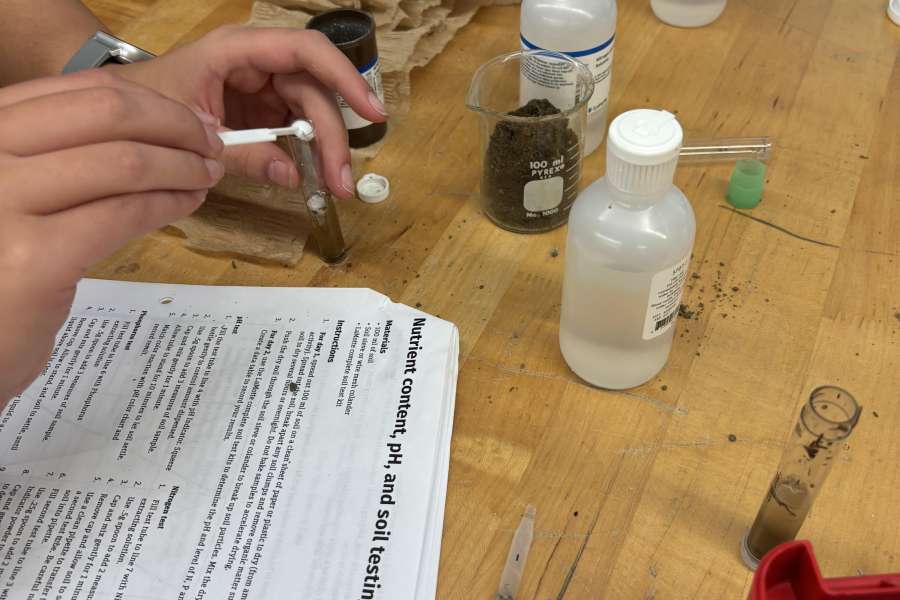Feed the World is your one source for curriculum, news, giveaways, workshop information, and other classroom resources brought to you by your friends at Ohio Corn & Wheat.
Check out the latest from Feed the World
Northmor Students Test Backyard Soil to Understand Agricultural Science
Kaitlyn Wasilewski, an agriculture education teacher at Northmor Local Schools in Galion, …
More news stories
New Teacher Finds Essential Support Through Feed the World Workshop
Shadayah Lawrence, …
Heather Gilliland Bridges Agriculture and Science Education
Heather Gilliland …
Explore our free curriculum
Feeding the world
How can we feed 9 billion people? What are the limits to food production?
Soil and sustainability
How is farming a system? What are the inputs (fertilizer, pesticide, seed) and outputs (crop yield, emissions, runoff)? What impact does soil as a storage have on the consequences of these inputs and outputs?
Did you know?
Ohio is the seventh leading producer of corn in the United States.
In 2021, Ohio’s farmers harvested over 1,437 hectares of corn. That’s about 154,677,393 square feet of corn!
Ethanol is energy positive.
Ethanol provides three times more energy than required to produce it, while consuming less water than other fuels.
Ohio corn is used for more than food.
Ohio corn is used for feed, fuel, and other renewable products.
Ethanol is a high-octane, low-carbon fuel of the future.
Ethanol is a high octane, low carbon fuel source. It is the lowest cost, most efficient, environmentally-friendly fuel option on the market.






